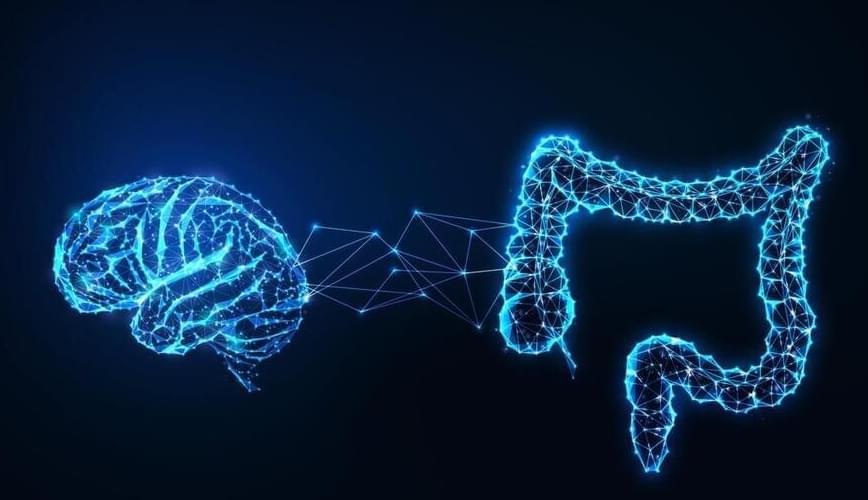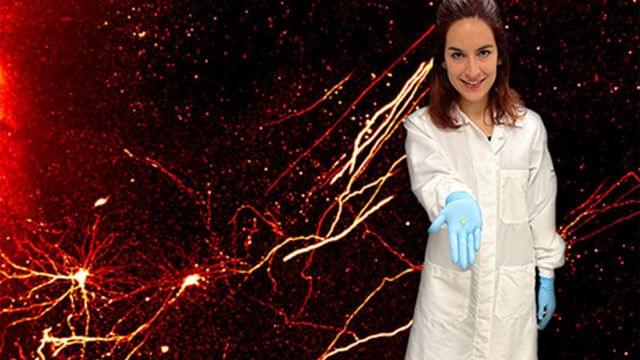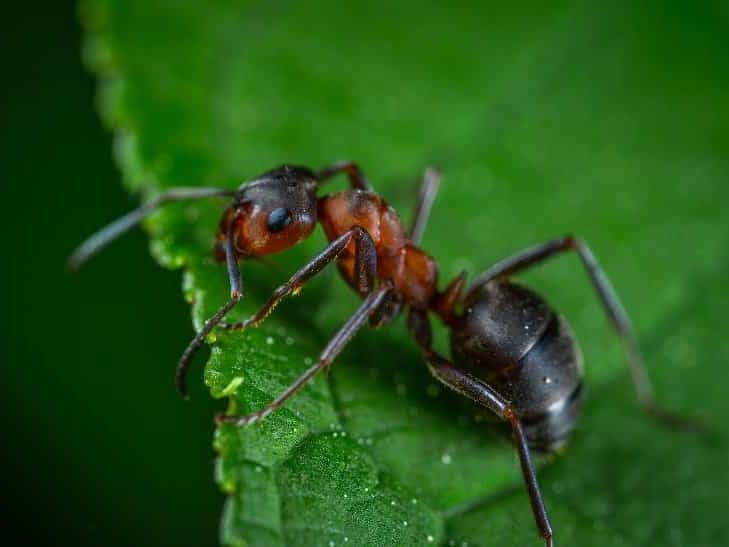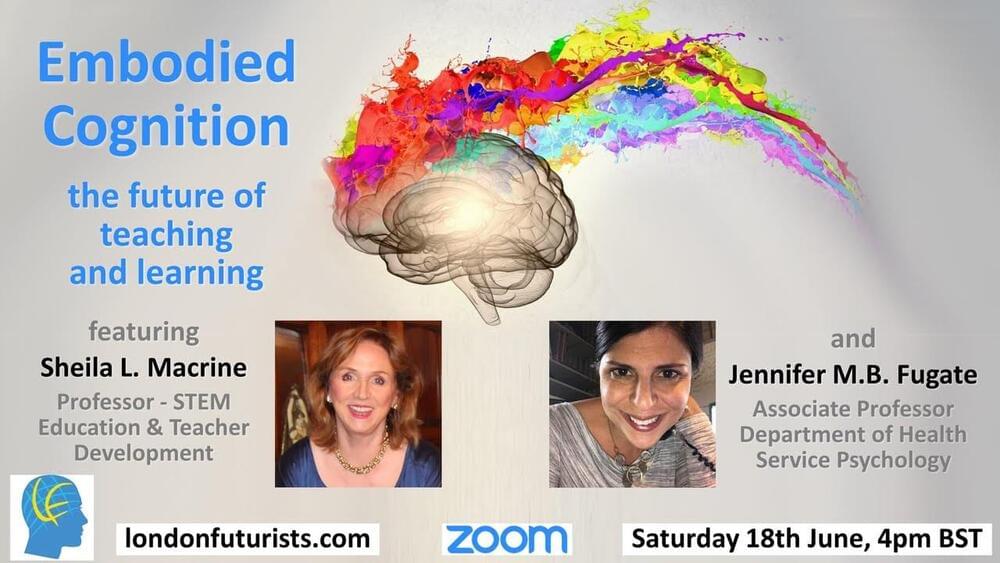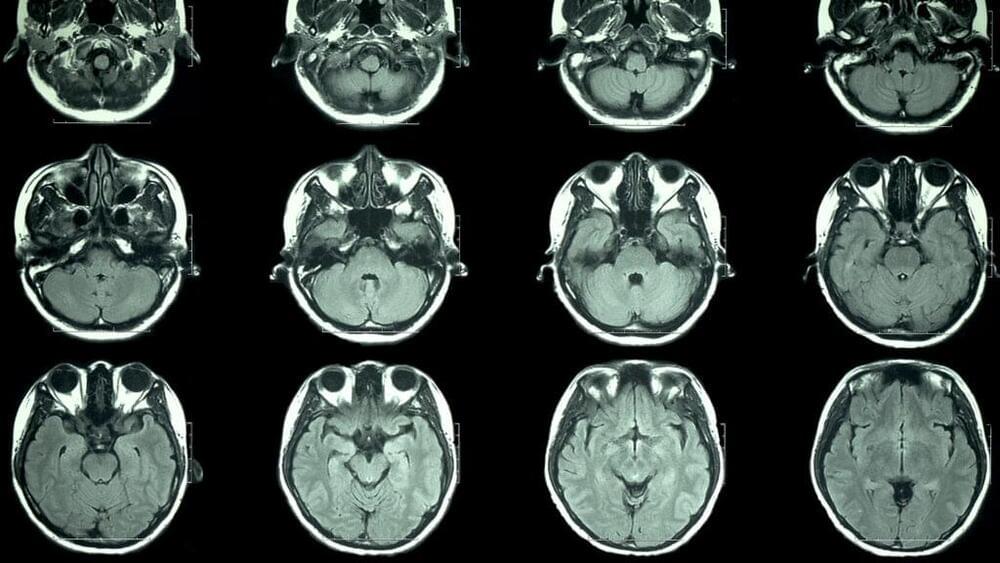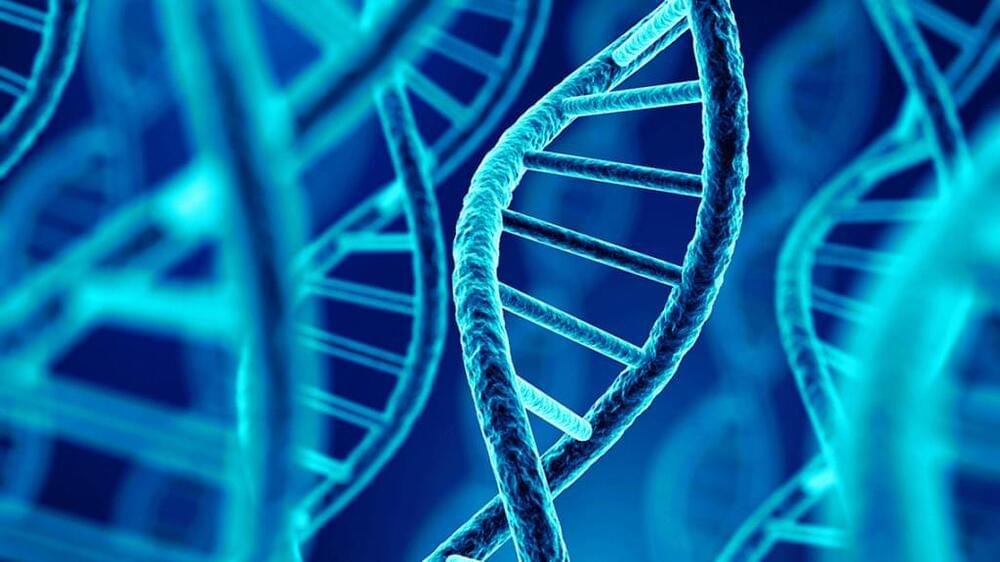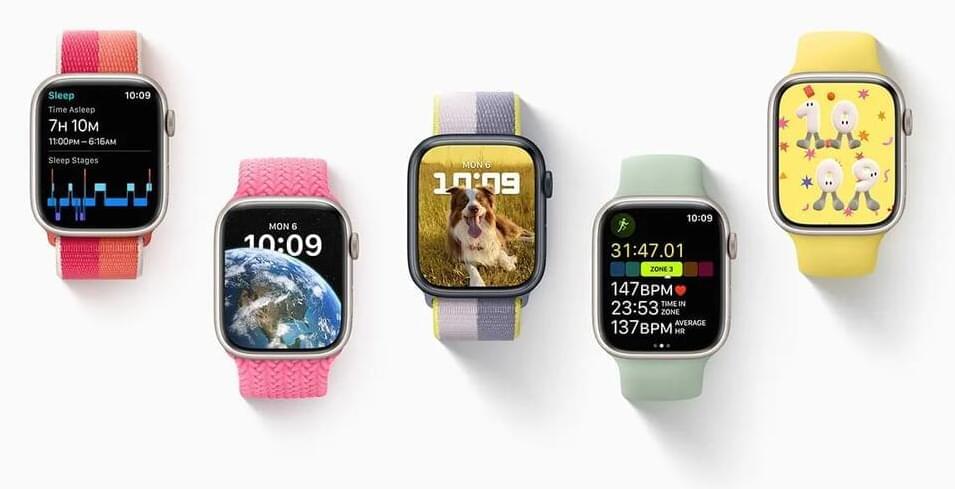
Rune Labs, a precision neurology company, has announced its StrivePD software ecosystem for Parkinson’s disease has been granted 510(k) clearance by the US Food and Drug Administration (FDA) to collect patient symptom data through measurements made by Apple Watch.
By combining powerful wearable technology and self-reported symptom information with brain imaging, electrophysiology, genetic and other clinical data, StrivePD enables a data-driven approach to care management and clinical trial design for Parkinson’s.
Longevity. Technology: With this clearance, the Rune Labs’ StrivePD app enables precision clinical care and trial participation for tens of thousands of Parkinson’s patients who already use these devices in their daily lives.

